TPW Magazine: Venom Lab
Tuesday, April 12th, 2016This is Passport to Texas
Venomous snakes demand our respect — not because they can hurt us — but because they can help us.
Venom from snakes is used to treat heart attacks, treat strokes. It has paralyzing properties, so it’s used to prevent the metastasizing of tumors….
Reeve Hamilton, wrote about the National Natural Toxins Research Center in Kingsville, part of the Texas A & M system –which studies uses for venom – for the April issue of Texas Parks and Wildlife Magazine.
There’s really a variety of health issues that the venom in snakes is actually used for once researchers at the Natural Toxins Research Center and other places can isolate the properties and put them to use in medicine.
The center is the only federally funded facility of its kind, and Hamilton says its Serpentarium is home to 450 venomous snakes from around the world. Researchers are attempting to develop a universal anti-venom.
Right now, anti-venom is snake specific. So, for people who are in far flung areas, where snake bites are a bigger concern than they are here; if you can’t access the right anti-venom, then you’re going to be in serious trouble. So, they’re trying to come up with an anti-venom that can be administered by anyone, and used in response to any snake, which would really – I think – be a really big discovery.
Read more in Reeve Hamilton’s article in the April issue of Texas Parks and Wildlife magazine.
For Texas Parks and Wildlife…I’m Cecilia Nasti
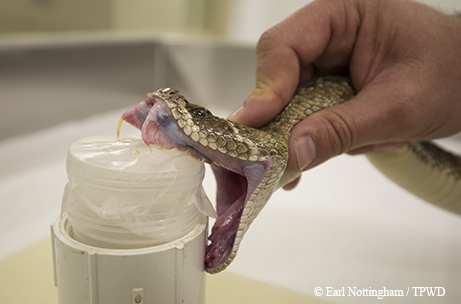

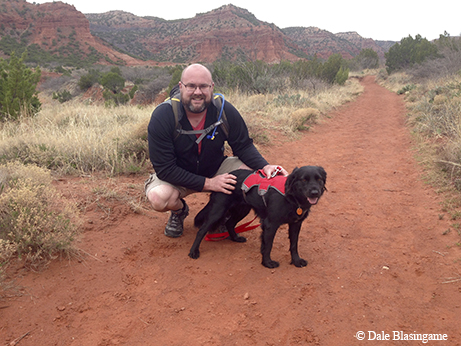
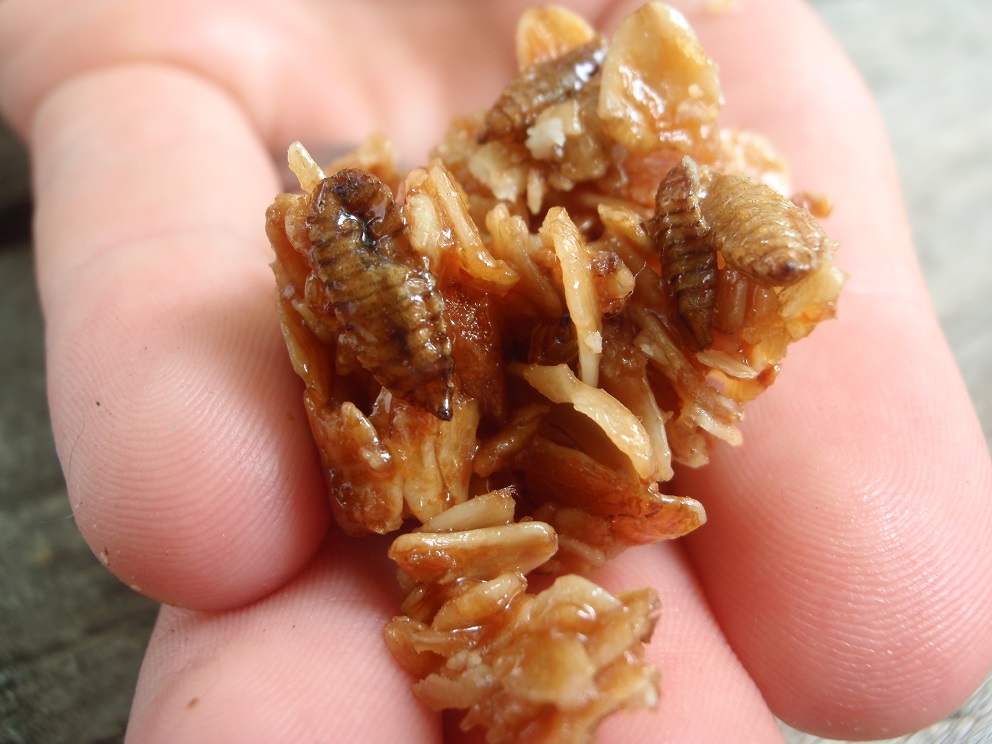
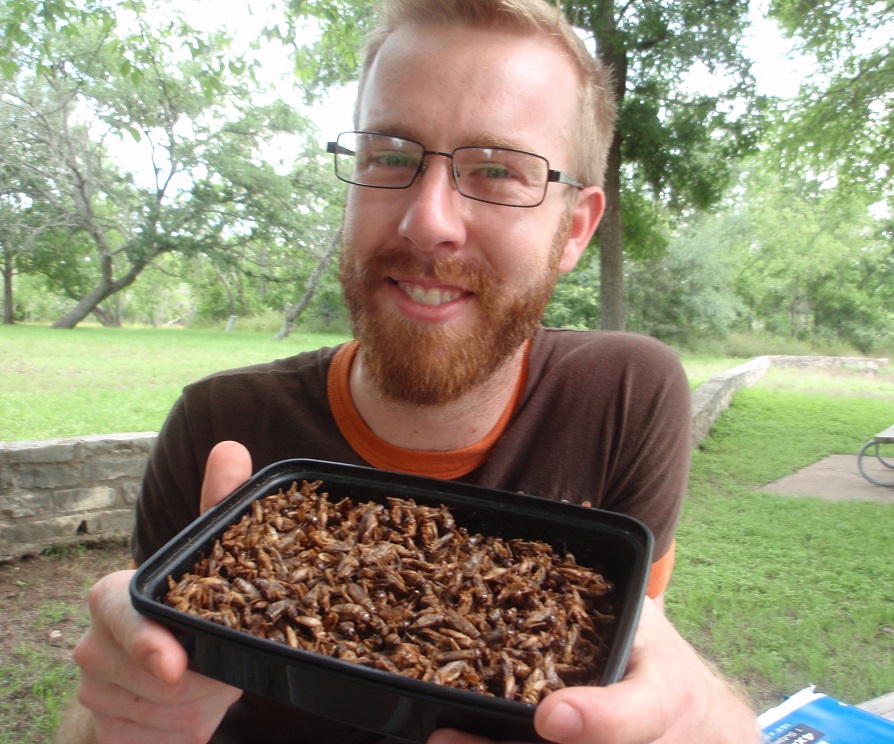
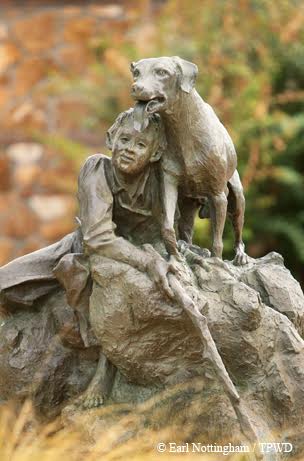

 Passport to Texas is a
Passport to Texas is a  Passport to Texas is made available by:
Passport to Texas is made available by: